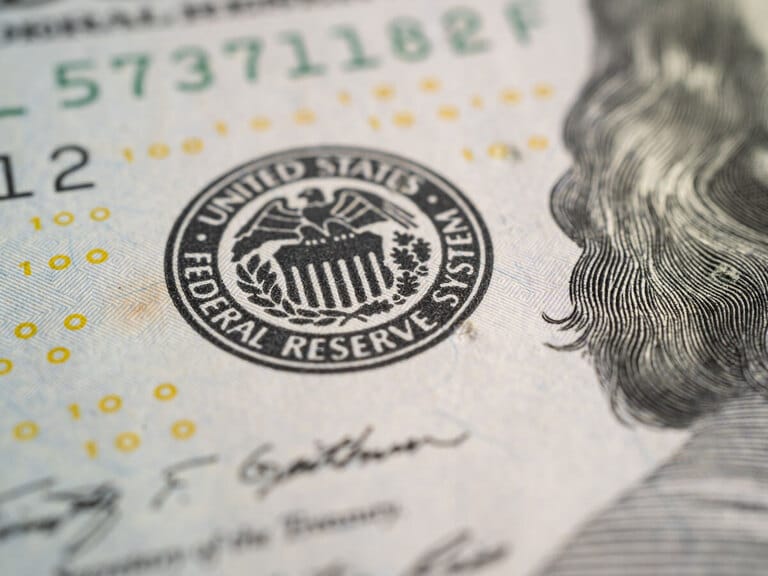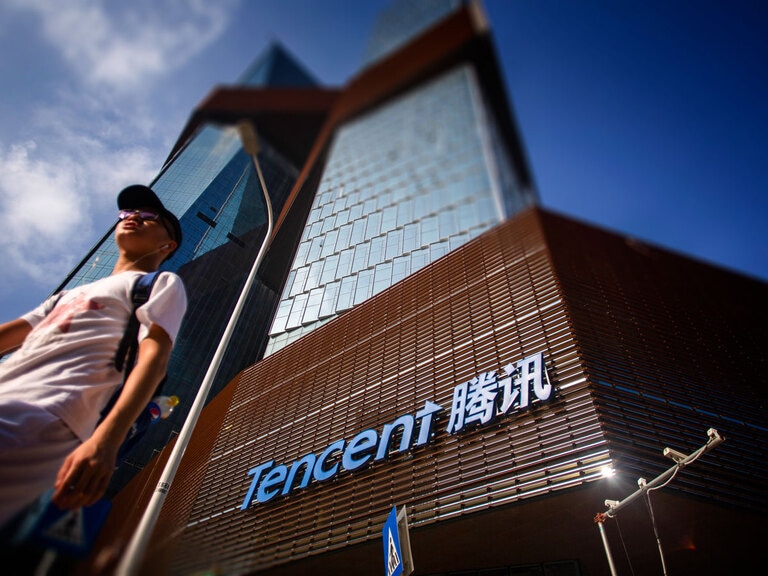SoftBank has been considering whether to list Arm in New York, but the UK government is continuing its efforts to get the company to list the semiconductor manufacturer in London.
Ever since Nvidia [NVDA] abandoned its plan to acquire Arm after coming under pressure from UK and European regulators, the chip designer’s owner, SoftBank [9984.TYO], has been weighing up whether to IPO in New York.
“We think the Nasdaq… which is at the centre of global hi-tech, would be most suitable,” said SoftBank CEO Masayoshi Son back in February.
Son’s plan has sent UK ministers on a charm offensive to woo the Japanese conglomerate into considering a secondary listing in London. The government is keen to promote the capital as an attractive place for high-growth companies to base themselves and float.
Tech IPOs in London raised a combined £6.6bn last year, more than double the £3.1bn raised in 2020. They included the artificial intelligence-driven cybersecurity firm Darktrace [DARK.L], which debuted in April at a valuation of £1.7bn, and biotech Oxford Nanopore [ONT.L], which debuted in September for a valuation of around £2.5bn. Others include Deliveroo [ROO.L], Moonpig [MOON.L] and TrustPilot [TRST.L].
“There have been efforts to make the London market a hub for technology companies, a sector which is heavily underrepresented at present,” commented AJ Bell investment director Russ Mould. “A return for Arm, after a delisting necessitated by the 2016 acquisition of the group by Japan’s SoftBank, would represent a baby step in the right direction,” Mould added.
Son has indicated that he plans to sell a portion of the firm’s stake in Arm by the end of the financial year in March 2023.
Questions remain
Hargreaves Lansdown’s senior investment and markets analyst, Susannah Streeter, isn’t convinced that the charm offensive is working. If the UK fails to persuade home-grown tech firms to list here, “it’ll be a major blow to London’s ambitions and will pile pressure on the government to speed up reforms,” she told Reuters.
Even if London does secure a secondary listing for Arm, the placement would come with limitations, namely that the chip designer would be excluded from the FTSE 100 index.
There have even been question marks over whether SoftBank should be pursuing an IPO at all. The hope had been that the sale to Nvidia would raise funds.
Kirk Boodry, a tech analyst at Tokyo-based Redex Holdings, told the Financial Times back in February that the “big question” was “whether SoftBank can surface the value it had hoped to receive from Nvidia” through an IPO.
The SoftBank Group owns 75% of Arm, while its Vision Fund owns the other quarter. Plummeting valuations of tech investments led to the Vision Fund posting its biggest ever annual loss of 3.5trn yen for 12 months to the end of March. As a whole, the tech conglomerate reported a record loss of 1.7trn yen for the fiscal year.
Industry significance
Assuming the IPO goes ahead as planned, it’s believed Son will target a $60bn valuation. “This might seem a bit rich for a company with current annual revenues of only $2.5bn, but it’s hard to overestimate the significance of Arm technology to the semiconductor industry,” argued Mike Orme, thematic research analyst at GlobalData.
It was reported at the end of May that Qualcomm [QCOM] would be keen to acquire a stake in any upcoming IPO as part of a semiconductor consortium.
Qualcomm’s CEO Cristiano Amon told the Financial Times that it would work to maintain Arm’s neutrality. This is key. The collapsed Nvidia deal faced scrutiny because of concerns that it would “harm the competitiveness of Nvidia’s rivals by restricting access to Arm’s intellectual property,” according to the UK government.
“This could be the most significant event in the semiconductor industry since Intel [INTC], TSMC [TSM], and Samsung [005930.KS] took strategic stakes in ASML [ASML] in 2012 to enable it to bring an extreme ultraviolet chip-making machine to market,” commented Orme.
“As a result, ASML became the only company able to offer the means to make new generations of the most advanced chips. We are in similar territory here.”
The semiconductor sector has underperformed the wider market since the start of the year. The S&P Semiconductors Select Industry index has a negative return of 36.7% through the close on 17 June. The S&P 500 has a negative return of 22.9%.
Continue reading for FREE
- Includes free newsletter updates, unsubscribe anytime. Privacy policy





